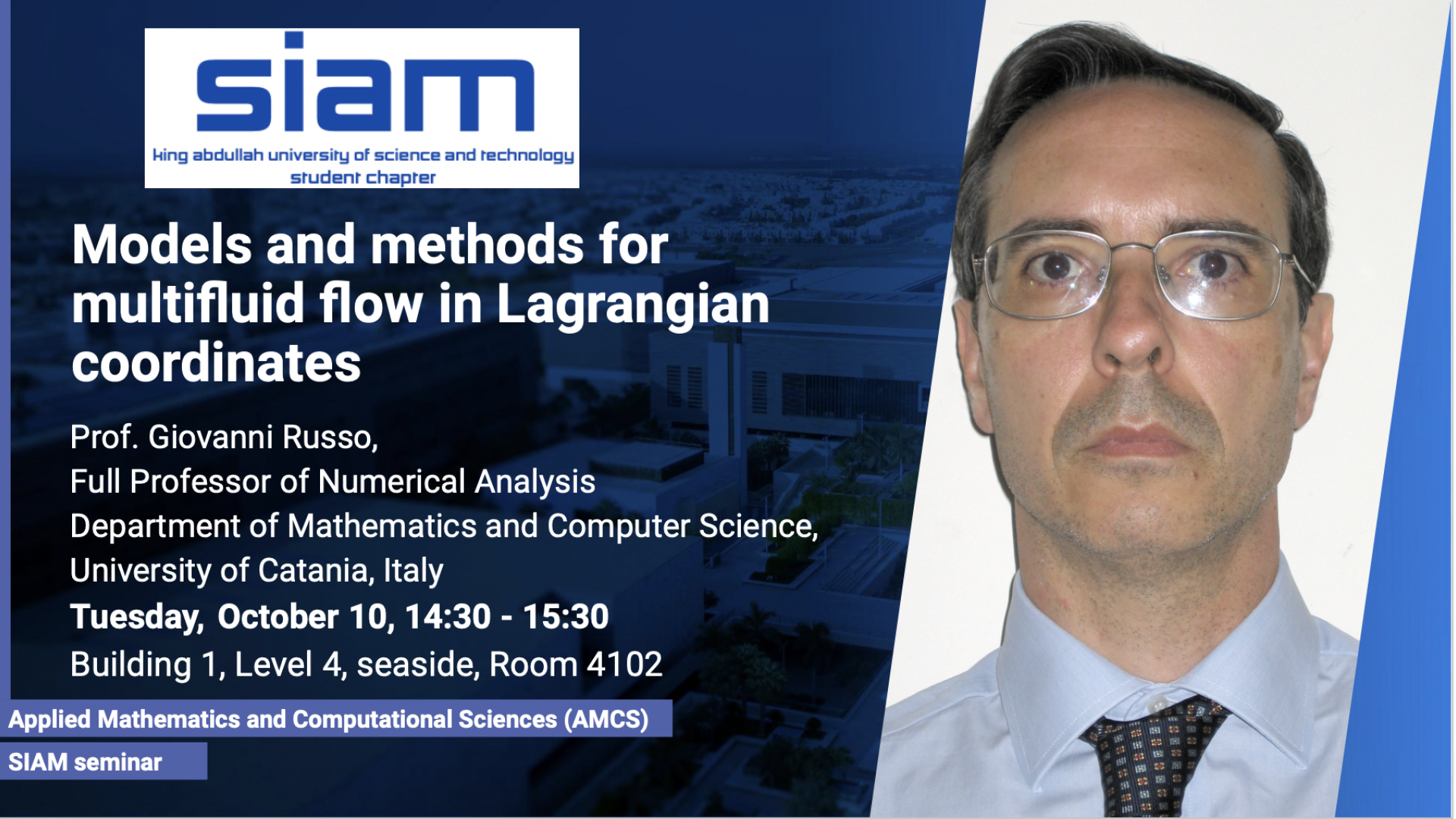Abstract
Multifluid has attracted a lot of attention in recent years. In particular, stratified fluids composed by a sequence of alternate layers show interesting macroscopic properties, which may be quite different from those of the individual fluids which constitute the stratified system. On a macroscopic scale, such a system can be considered a sort of fluid metamaterial. Several models have been proposed to describe the stratified system as a single effective fluid. After an introduction, we present two homogenized models of the stratified fluid system, which are based on isentropic approximation. The behavior of the models is compared with a detailed solution of the multifluid system, computed by an explicit scheme for the Euler equations in Lagrangian coordinates. Lagrangian description seems ideal, since it automatically maintains sharp interfaces between the different fluids. However, the formulation poses a real challenge for explicit schemes if the two fluids have a large mass density ratio, as is the case, for example, of air and water, because of the corresponding large ratio in the Lagrangian speed of sound, which would require a very small time step. With this motivation, the second part of the talk is devoted to the derivation and testing of a fully implicit scheme for multifluid in Lagrangian coordinates. The method exploits the special structure of the Lagrangian formulation of the Euler equations and is based on a simple and effective non conservative implicit predictor and a conservative corrector, which allows a very robust and efficient solution of the Euler equations, with no CFL stability restrictions and no need of complicated Riemann solvers. The method is second order accurate in space. High order accuracy in time is achieved by singly diagonally implicit Runge-Kutta schemes in time. Several numerical tests illustrate the efficiency and robustness of the method.
Research interests:
Prof. Russo worked on a broad range of topics, giving original contributions in:
1. Experimental and theoretical study of laser annealing induced by laser pulses
2. Asymptotic methods in wave propagation
3. Particle methods
4. Computational fluid dynamics
5. Hydrodynamical models of semiconductors
6. Numerical methods for balance laws
7. Modelling and numerics of kinetic equations
8. Mathematical modelling and simulation of crystal growth
9. Semiclassical limit of the Schroedinger equation
10. Complex networks
His main current research interests concern finite difference ghost point methods on
Cartesian grids, high order semi-implicit schemes for hyperbolic systems with
relaxation, asymptotic-preserving schemes in gas dynamics and kinetic theory,
numerical methods for highly oscillatory solutions, numerical modeling of sorption
kinetics, space and time multiscale problems, compartment models
